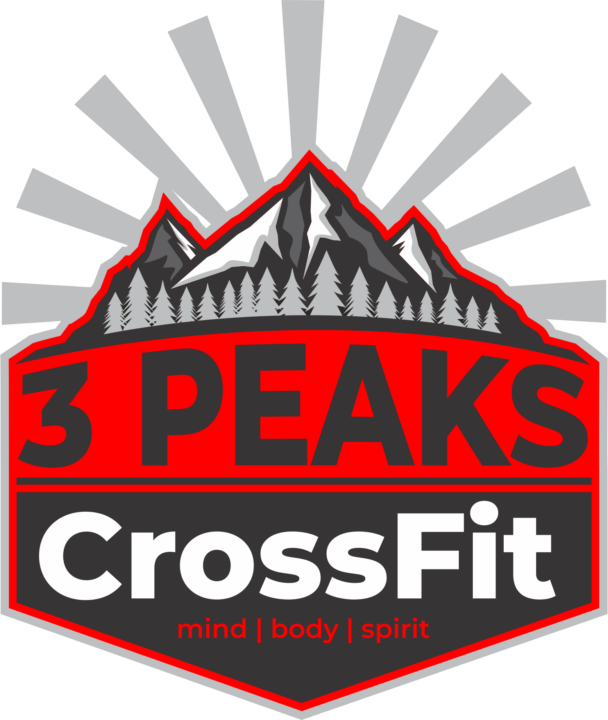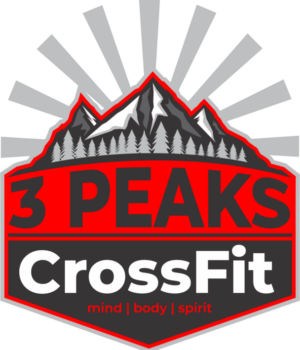
1. I won’t “fit” in.
When you show up to a CrossFit gym, you’ll find a different scene than the one you saw on television. Guess what else? You might be farther along in your fitness journey than other people attending the class…
It’s surprising, but one of the biggest factors keeping people from the gym is not being as fit as they want to be. What a catch-22! So, before you rule yourself out from being able to complete the Workout of the Day (or “WOD” in CrossFit lingo) let’s try to view the situation with fresh eyes.
As CrossFit has grown in popularity you’ve seen the well-muscled men and women of the CrossFit Games. As you watch them run, jump, and hoist tremendous weights overhead you think to yourself “I could never do that.”
So, what do you need to do? Try to reach out to a local CrossFit gym and see what it’s like. Like in the popular romantic comedy, Hitch, when the date doctor played by Will Smith teaches his client to move in for a kiss. The man moves in 90% of the distance and lets the woman come in for the final 10%. That’s where CrossFit is going to meet you. By opening the door, you will have access to a supportive and accepting community.
Your coach will help you “scale” to give a similar workout as those athletes on TV. The difference will be with lighter weights, shorter duration, or fewer repetitions. Everyone has unique strengths and weaknesses, but they are always there for each other.
2. CrossFit will make me too big/bulky.
Getting too muscular is a common fear that many women have when they deliberate strength training programs.
Developing bigger muscles is a process called hypertrophy. Hypertrophy will occur with a consistent resistance training routine. Training volume, caloric consumption, and hormones all play an important role in the growth of new muscle. Any person you see that appears to muscular may spend as much time training as you do at your full-time job.
With that said, it’s one piece of the puzzle and most likely won’t happen on accident.
Most athletes find that lose inches in all the right places even with increased muscle. Clothes fit better, they have a healthy appetite, and even look better naked!
3. Don’t a lot of people who do CrossFit get injured?
Do people get injured participating in CrossFit. Yes.
They also get injured while jogging, moving furniture, walking their dogs, and shaving their legs in the shower. Injuries come from a lack of focus, preparation, or by not listening to our bodies. In fact, the injury incidence in CrossFit fits into a category with most other recreational training activities.
The functional movements used in CrossFit model the movements we complete in everyday life. Practicing fundamental movement patterns reduces the risk of injury and helps us become more confident and competent. A quick internet search will show you the tremendous success stories of individuals who have used CrossFit to overcome past injuries and debilitating diseases.
4. CrossFit will make me worse at my sport.
If you have concerns, talk to a CrossFit gym who has trainers with experience in your sport of choice; football, baseball, triathlon, golf, and snowboarding athletes all can use the CrossFit method. CrossFit can support their sport with workouts built around the various stages of their competitive season.
CrossFit is “constantly varied functional movements performed at high intensity.” It is a system of general physical preparedness (GPP). Being more prepared can benefit all athletes as they adapt to and overcome the rigors of their sport.
CrossFit is also designed to increase work capacity. Moving loads that are heavier, moving them faster, or moving them farther are all examples of increased work capacity. A football player who can perform more work will be stronger on each play he participates in. Increased work capacity will help an individual and team succeed in any sport!
Ready to give CrossFit a try? Book a No Sweat Intro with us to see if it’s a good fit for you.




